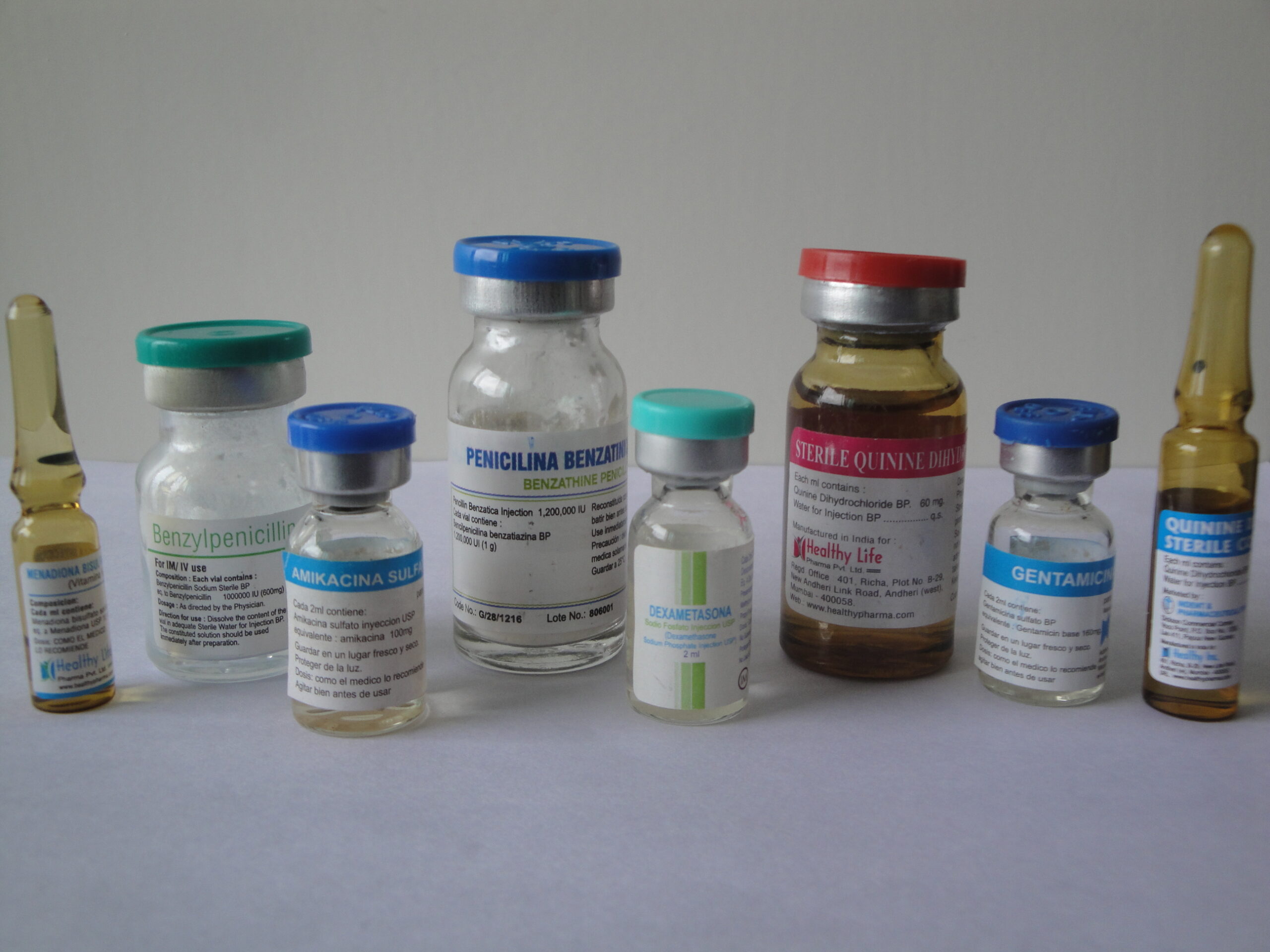Description
α – β Arteether Injection
α – β Arteether Injection should be administered under the supervision of a healthcare professional, usually in a clinical setting. The dosage and duration of treatment will be determined by the prescribing healthcare provider based on factors such as the patient’s weight, age, and severity of the infection.
It’s important to note that the use of antimalarial medications should be guided by healthcare professionals, and patients should follow the prescribed treatment regimen strictly. Additionally, individual health conditions, potential drug interactions, and any allergies should be considered before using α – β Arteether Injection. If you have specific questions or concerns about its usage, consult with a healthcare provider for personalized advice.
Arteether, in its various formulations including α – β Arteether Injection, is primarily used for the treatment of uncomplicated malaria caused by Plasmodium falciparum. Here are some key aspects of its usage:
Malaria Treatment:
Uncomplicated Malaria: Arteether is effective against Plasmodium falciparum, the most severe form of malaria parasites. It is used to rapidly reduce the parasite load in the blood and alleviate symptoms associated with malaria.
Artemisinin Combination Therapy (ACT):
Arteether is often used in combination with other antimalarial drugs as part of Artemisinin Combination Therapy (ACT). Combining different antimalarial medications helps to improve treatment efficacy and reduce the risk of developing drug resistance.
Intramuscular Administration:
Arteether is typically administered as an intramuscular (IM) injection. The intramuscular route allows for the rapid absorption of the drug, making it suitable for cases where a quick onset of action is essential.
Physician Supervision:
The use of α – β Arteether Injection should be carried out under the supervision of a qualified healthcare professional. They will determine the appropriate dosage based on factors such as the patient’s age, weight, severity of the infection, and any other relevant medical conditions.
Prevention of Drug Resistance:
Combining α and β forms of Arteether may enhance the drug’s effectiveness and reduce the risk of developing resistance to the medication.
Adherence to Prescribed Dosage:
Patients should strictly adhere to the prescribed dosage and complete the full course of treatment, even if symptoms improve before completion. Incomplete treatment can contribute to the development of drug-resistant malaria parasites.
Monitoring and Follow-up:
Regular monitoring of the patient’s response to treatment and follow-up visits with healthcare providers are essential to ensure the effectiveness of the medication and to address any potential side effects or complications.
It’s important to note that the specific usage and dosages may vary based on regional guidelines, and healthcare professionals should tailor the treatment to individual patient needs. As with any medication, patients should discuss their medical history and any concerns with their healthcare provider before starting α – β Arteether Injection.
α – β Arteether Injection is primarily used for the treatment of uncomplicated malaria caused by the Plasmodium falciparum parasite. Malaria is a mosquito-borne infectious disease that can be severe and potentially life-threatening if not treated promptly and effectively. Arteether, including the α – β combination, belongs to the artemisinin class of antimalarial drugs.
Here are some key points regarding the usage of α – β Arteether Injection:
Malaria Treatment: The primary indication for α – β Arteether Injection is the treatment of uncomplicated malaria, especially cases caused by Plasmodium falciparum. It is effective in rapidly reducing the parasite load in the bloodstream.
Artemisinin Combination Therapy (ACT): α – β Arteether may be used as part of artemisinin combination therapy (ACT). ACT involves combining an artemisinin derivative (such as Arteether) with another antimalarial drug to enhance efficacy and reduce the risk of resistance.
Intramuscular Administration: α – β Arteether is typically administered via intramuscular injection. The choice of intramuscular route helps in achieving a rapid and sustained release of the medication into the bloodstream.
Physician Supervision: The administration of α – β Arteether should be carried out under the supervision of a qualified healthcare professional. The healthcare provider will determine the appropriate dosage based on factors such as the patient’s weight, the severity of the infection, and other individual considerations.
Follow Prescribed Dosage and Duration: Patients should strictly adhere to the prescribed dosage and treatment duration to ensure the effectiveness of the medication. Failure to complete the full course of treatment may contribute to the development of drug-resistant malaria parasites.
It is essential to note that α – β Arteether Injection is not meant for self-administration, and individuals should seek medical advice from a healthcare professional before using this medication. As with any drug, there may be potential side effects, and the healthcare provider can provide guidance on monitoring and managing any adverse reactions. If you suspect a malaria infection or have questions about α – β Arteether Injection, consult with a healthcare professional for personalized advice based on your specific health condition.



